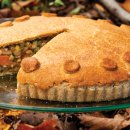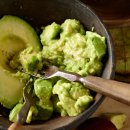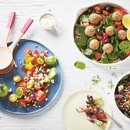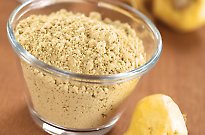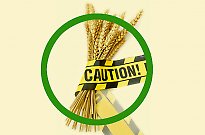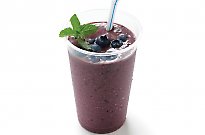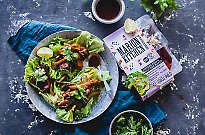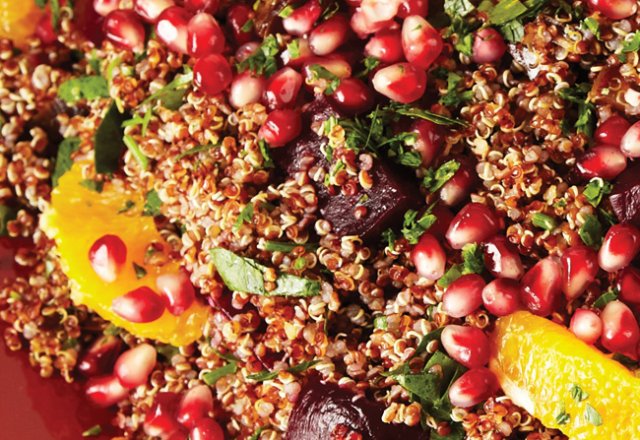
Health benefits of quinoa
Health benefits of quinoa

A world away from Australian kitchens grows an ancient grain that is fast becoming a modern favourite, thanks to its ease of preparation and undeniable nutritional profile.
It was the Incas, one of history’s largest and most powerful civilizations, who first understood the health benefits of quinoa (pronounced keen-wah), which has been cultivated for centuries on some of the highest peaks in the Andes Mountains, where traditional crops, such as barley and wheat, could never survive. Yet it was here, amid mountainous terrain and sub-zero temperatures, that quinoa grew and thrived, feeding vast populations for 7,000 years.
So revered was this tiny grain – which is today available in white, black and red varieties – that the Incas developed rituals around the growing and eating of quinoa, believing it was a gift from the gods.
Packed with Nutrients
Dubbed ‘la chisaya mama’, or ‘the mother grain’, the Incas knew quinoa’s nutritional value well, understanding it could replace the need for other foods, such as meat and dairy, thanks to its high levels of calcium, iron, potassium, sodium and zinc, as well as copper, magnesium, manganese, phosphorus. Soaked or boiled, quinoa also offers approximately 40 grams of carbohydrates per one-cup serving.
Despite its long-known benefits, it wasn’t until the 1970s that a growing global health consciousness sparked new interest in this hardy, fibre-rich grain that boasts more protein than any other. Quinoa contains a balanced combination of all essential amino acids, including lysine – which is vital for tissue growth and development, making it an ideal baby food.
A Grain that
Almost Wasn’t
Because of the Inca’s deep spiritual connection to quinoa, the grain became at risk when religious armies, headed up by Spanish explorer Francisco Pizarro, invaded the Andes. It was Pizarro who banned all rituals surrounding quinoa in an attempt to establish Catholicism, destroying most of the quinoa fields – and with it the health of the Inca people. With the crops abolished, malnutrition and infant mortality increased.
Despite this, some of the ancient seeds were hidden, allowing quinoa’s revival thousands of years later.
A GLOBAL DEMAND
A robust and abundant crop, it takes just four cups of the quinoa seed to plant one acre of the crop, which can feed an Andean family of 10 for a whole year.
Today, the demand for quinoa, including the organic variety, keeps these farmers in business, with family farms maintaining small plots, and many coming together to form cooperatives to keep up with the global demand.
Preparation
As small stones may be present, sort through and then rinse thoroughly. Place one cup of quinoa into two cups of water. Cover and bring to the boil, reducing heat to a simmer until all water is absorbed. Serve in place of rice or use in salads, hot breakfasts or desserts.
Browse recipes with quinoa or connect with us on Facebook!
Author: Shannon Dunn

